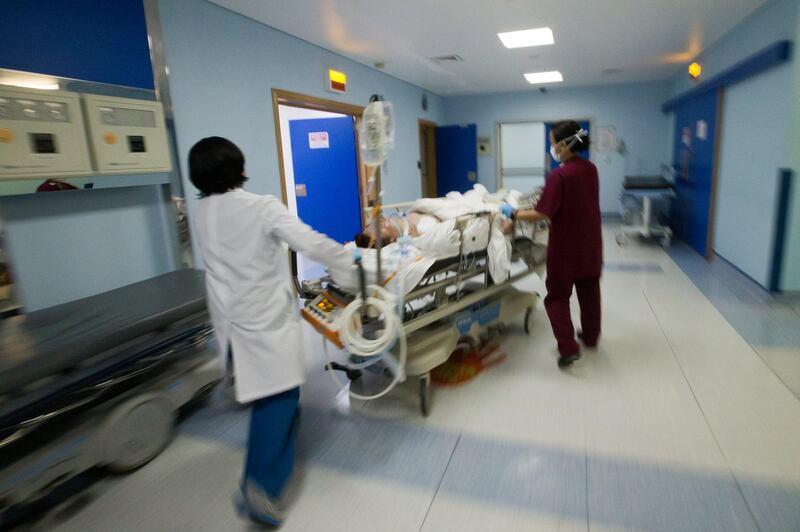More people die from sepsis – or blood poisoning – than cancer each year, a new report has revealed.
Known as the “hidden killer” due to it being so difficult to detect, about 11 million people die of sepsis a year – representing one in five deaths worldwide.
Researchers at the University of Washington said the figures were double the estimates from 2016, which were based on data from seven wealthy countries including the US, Sweden and New Zealand.
A new report, published in the Lancet, factored in data from 195 nations, including poor and middle-income countries.
The overwhelming majority of cases - 85 per cent - occurred in low and middle-income countries, with children most at risk.
Sepsis is caused when a body fights an infection too aggressively and the immune system begins attacking other parts of the body too.
It eventually leads to organ failure and survivors can be left with disability and long-term damage.
It is most commonly triggered by bacterial and viral infections in the lungs, abdomen and urinary tract.
Common signs of sepsis include fever, increased heart rate, increased breathing rate, and confusion.
But because it can develop in response to many different types of infection, symptoms vary – making it difficult to detect.
As a result, sepsis is frequently underdiagnosed at an early stage when it is still potentially reversible.
Patients with septic shock must often have limbs amputated if clots in their limbs prevent blood flow, causing the limbs to die.
Last month, a two-year-old boy is believed to have died from sepsis in Al Ain after two hospitals allegedly refused to treat him before being paid.
The boy’s father, Alaa Rawajbi, reported the two hospitals to Abu Dhabi's medical regulator claiming doctors' negligence led to Kareem’s death.

His son fell ill in October with what he believed was seasonal flu but it was later diagnosed as sepsis.
"My son was vomiting and very tired," Mr Rawajbi, from Jordan, told The National at the time.
“He ... could not move his body. His face turned yellow and he was completely rejecting food.”
Kareem died about a week later from heart failure. Abu Dhabi's health authority has since confirmed it has investigated the boy's death but have not yet released their report.
In 2018, a three-year-old Emirati girl in Sharjah nearly died after her throat infection developed into sepsis.
The child, Reem, was taken to University Hospital Sharjah suffering from a high temperature and breathing difficulties.
She was treated with antibiotics and admitted to the paediatric ICU. But within 30 minutes her oxygen saturation and blood pressure both began to drop and she developed blue skin – an indicator of sepsis.
Doctors were able to support her through mechanical ventilation and she went on to recover.
“If we hadn’t thought about [sepsis], we could have missed it," said Dr Naguib Reheim, consultant paediatrician and paediatric diabetologist.
"But Alhamdulillah, with this girl we started early and aggressively. We suspected it. We treated it so the result was marvellous.”







